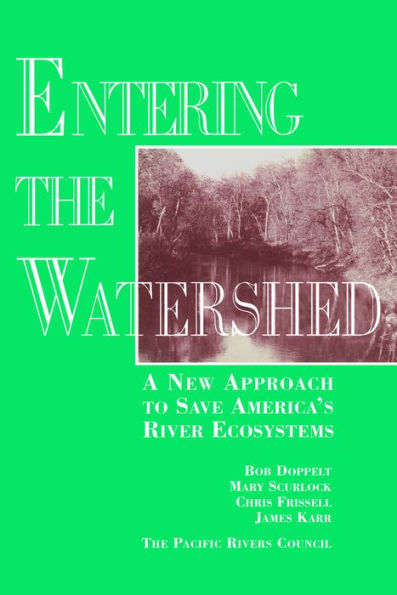Entering the Watershed is the product of a two-year project established by the Pacific Rivers Council to develop new federal riverine protection and restoration policy alternatives. It recommends a comprehensive new approach to river protection based on principles of watershed dynamics, ecosystem function, and conservation biology -- a nationwide, strategic community- and ecosystem-based watershed restoration initiative. The book:
- describes in detail the existing level of damage to rivers and species
- analyzes flaws and gaps in existing policy
- provides the framework necessary to develop new policies
- outlines the scientific underpinnings and management strategies needed in new policy
- makes specific policy proposals
Entering the Watershed is the product of a two-year project established by the Pacific Rivers Council to develop new federal riverine protection and restoration policy alternatives. It recommends a comprehensive new approach to river protection based on principles of watershed dynamics, ecosystem function, and conservation biology -- a nationwide, strategic community- and ecosystem-based watershed restoration initiative. The book:
- describes in detail the existing level of damage to rivers and species
- analyzes flaws and gaps in existing policy
- provides the framework necessary to develop new policies
- outlines the scientific underpinnings and management strategies needed in new policy
- makes specific policy proposals

Entering the Watershed: A New Approach To Save America's River Ecosystems
504
Entering the Watershed: A New Approach To Save America's River Ecosystems
504
Product Details
| ISBN-13: | 9781610912655 |
|---|---|
| Publisher: | Island Press |
| Publication date: | 10/01/1993 |
| Sold by: | Barnes & Noble |
| Format: | eBook |
| Pages: | 504 |
| File size: | 96 MB |
| Note: | This product may take a few minutes to download. |
